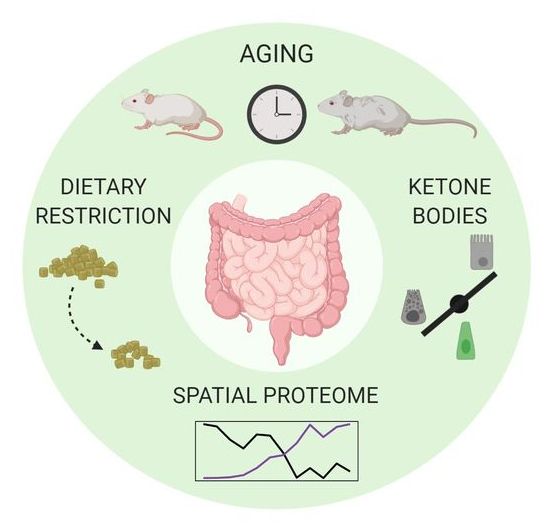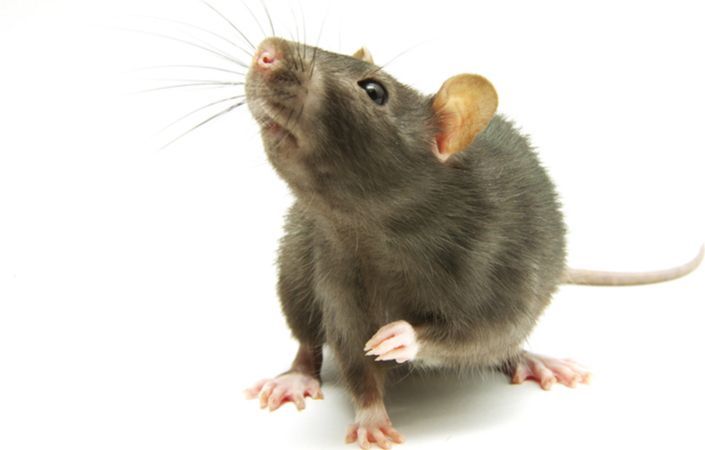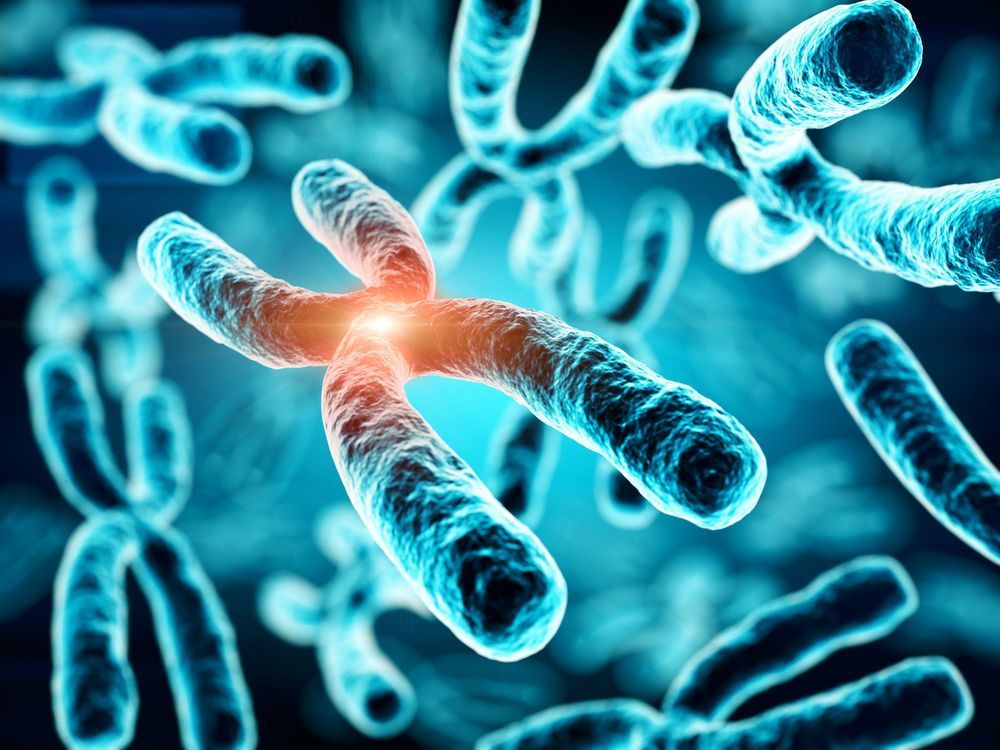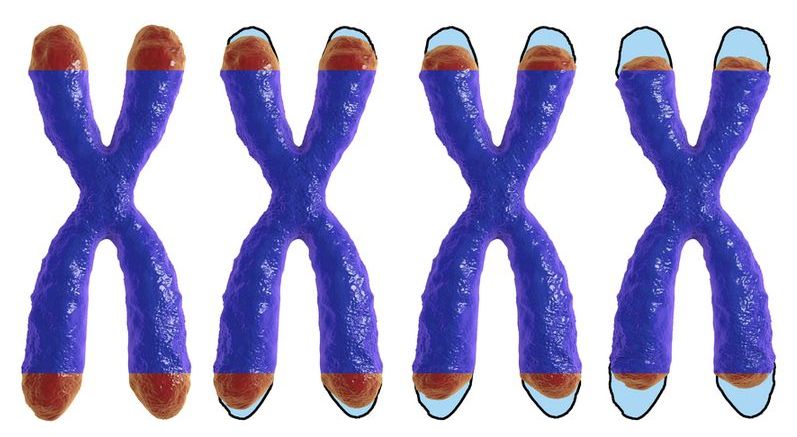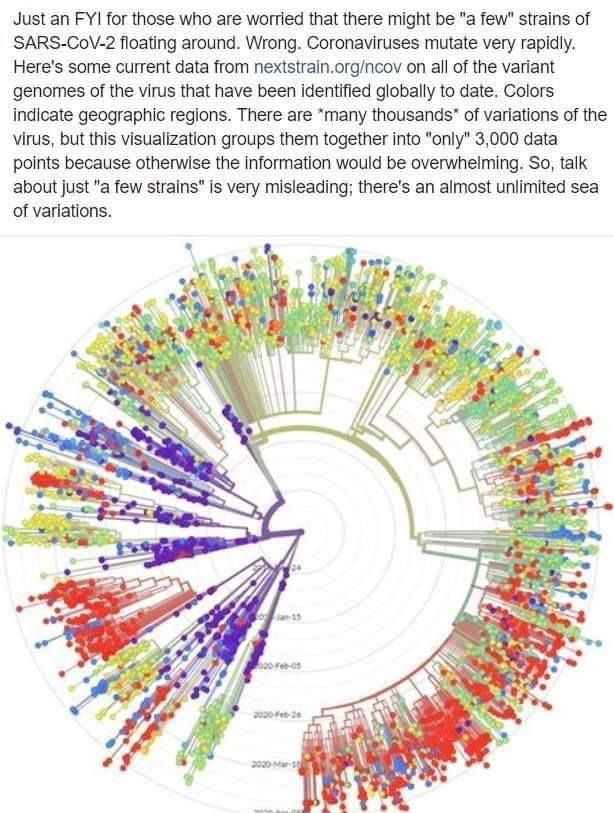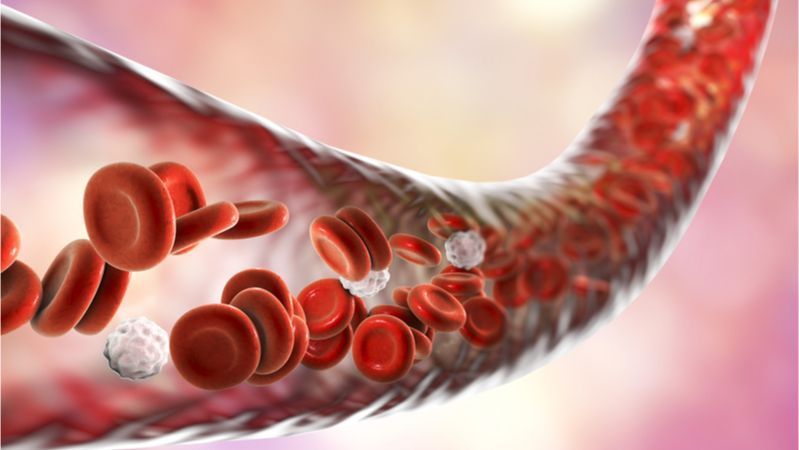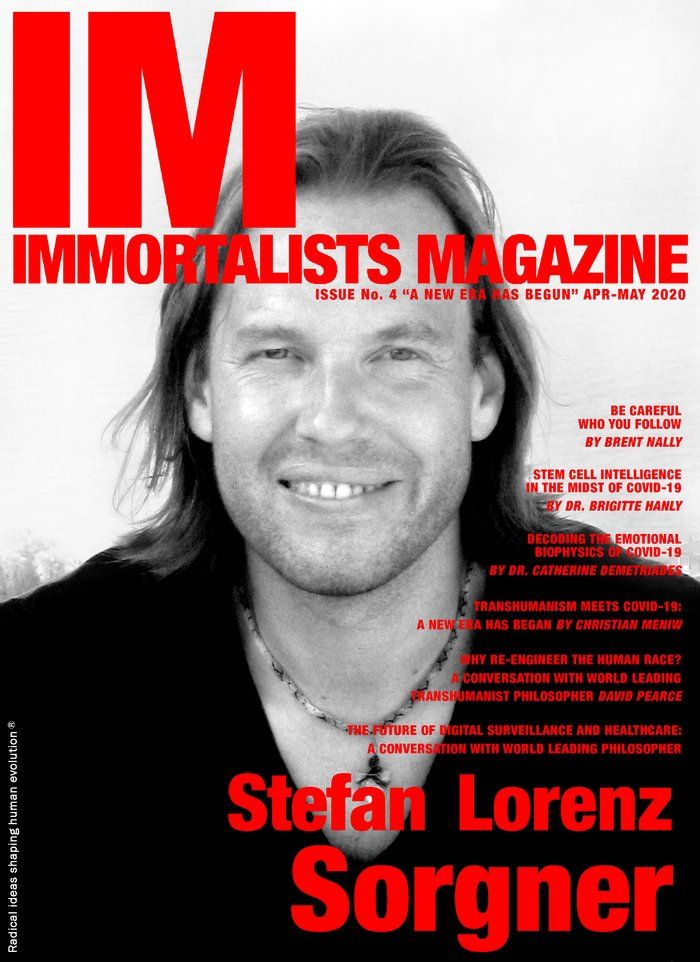I hope you can take the time to watch my interview with Nicolas Chernavsky & Nina Torres Zanvettor where we discuss their rejuvenation translation company NTZ Publicações and why we need more rejuvenation translators to join their team to spread rejuvenation science globally to a mainstream audience.
https://instagram.com/brent.nally/ https://facebook.com/brent.nally https://linkedin.com/in/brentnally https://twitter.com/BrentNally https://patreon.com/BrentNally https://dlive.tv/BrentNally https://gab.com/BrentNally https://medium.com/@brentnally https://twitch.tv/brentnally https://brentnally.tumblr.com/ https://reddit.com/user/BrentNally Discord Brent Nally#0616 TikTok @brentnally Telegram @BrentNally Snapchat brentnally Mixer BrentNally https://levscience.com/
- My mission is to drastically improve your life by helping you break bad habits, build and keep new healthy habits to make you the best version of yourself.
- Please consider donating: https://paypal.me/BrentNally or my Bitcoin Cash (BCH) address: qr9gcfv92pzwfwa5hj9sqk3ptcnr5jss2g78n7w6f2 or Patreon
- Please also subscribe and hit the notification bell and click “all” on these YouTube channels:
